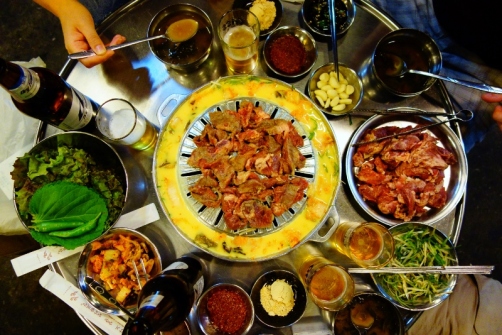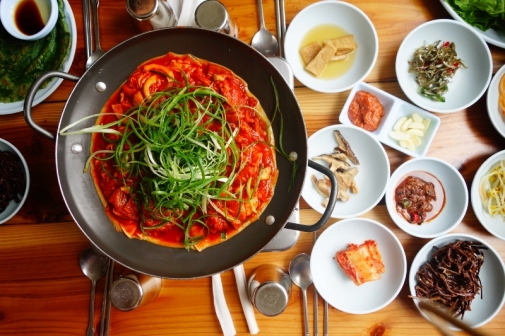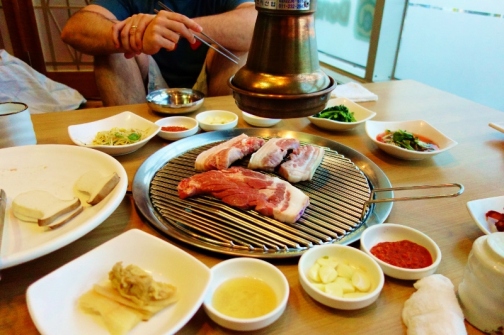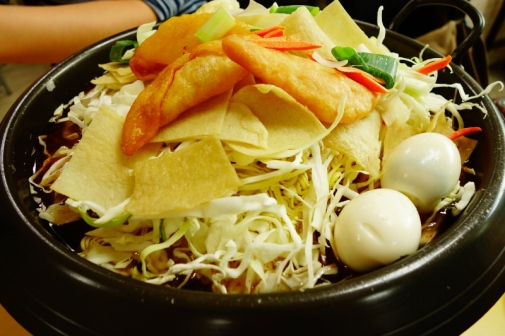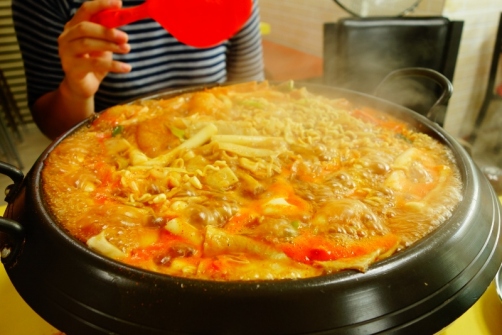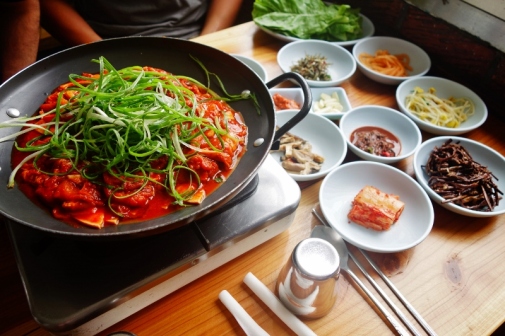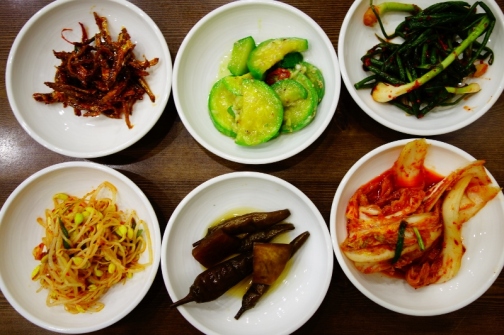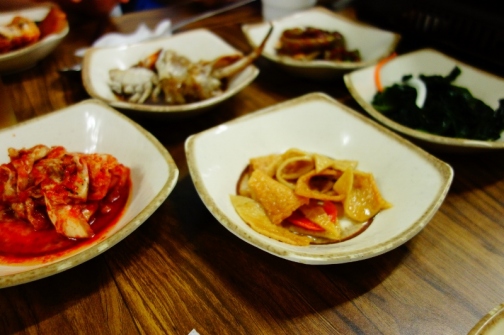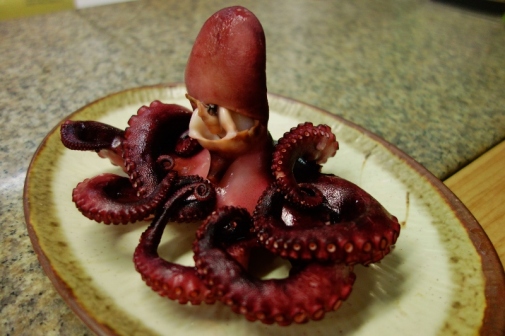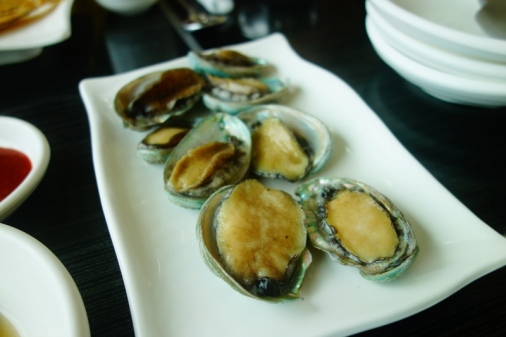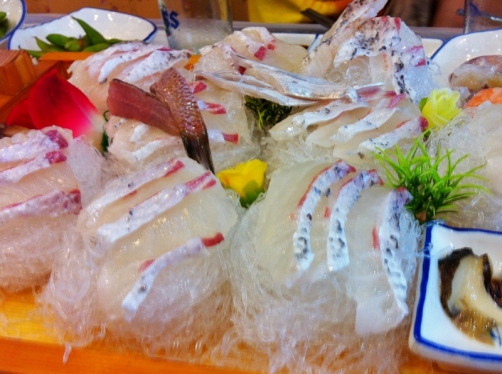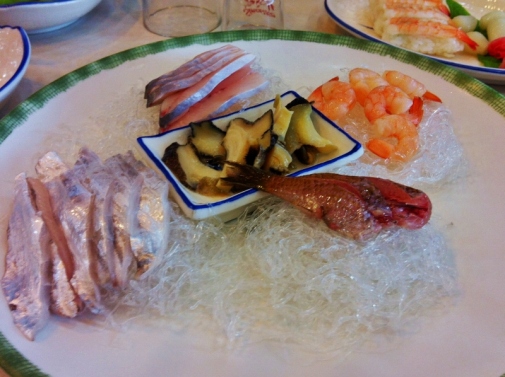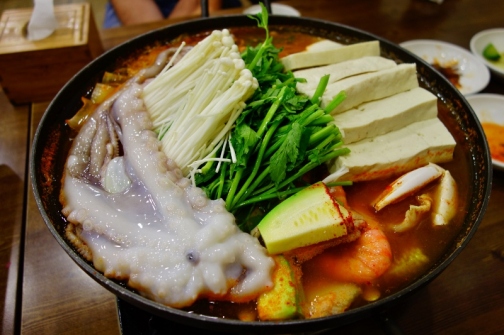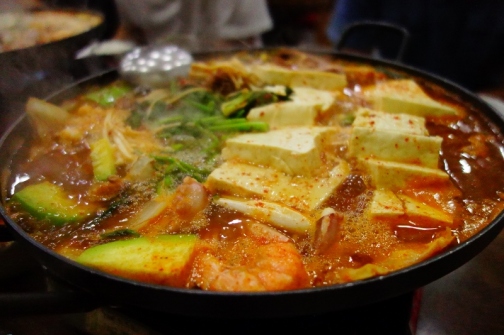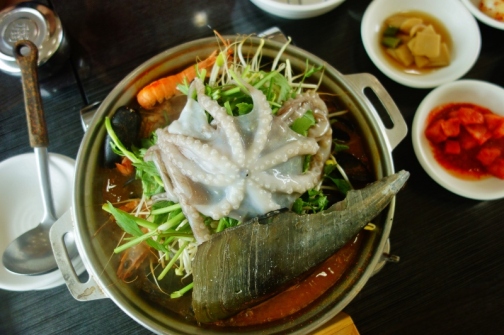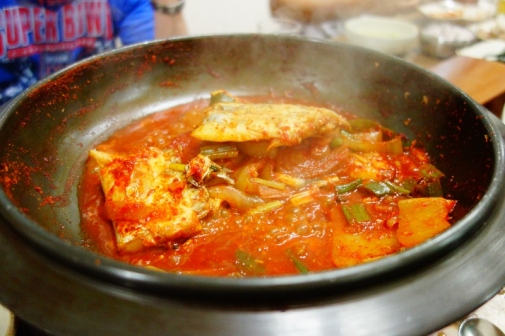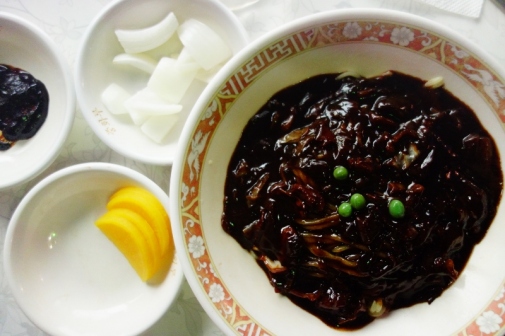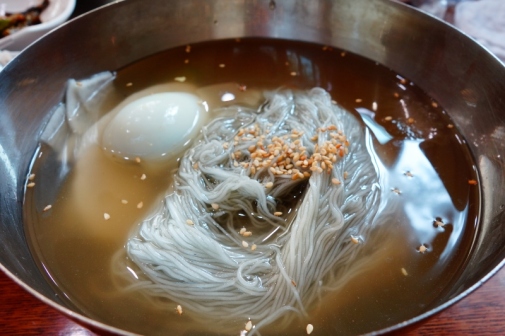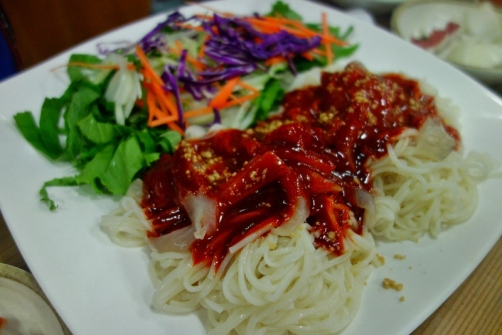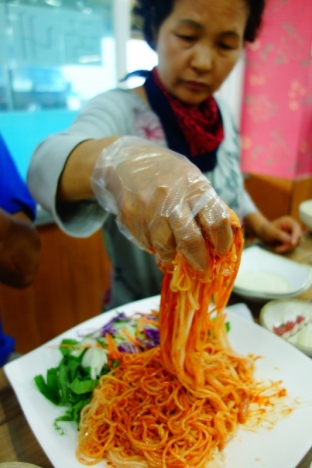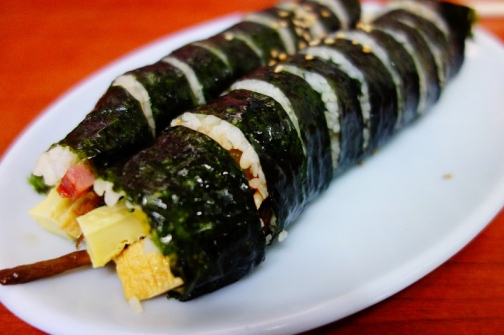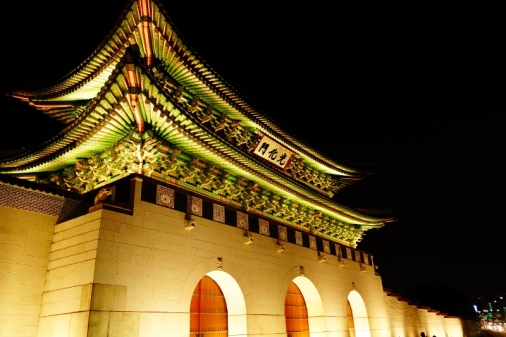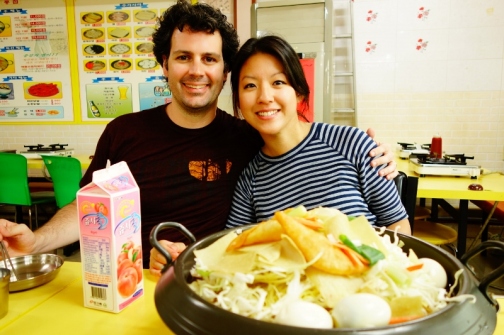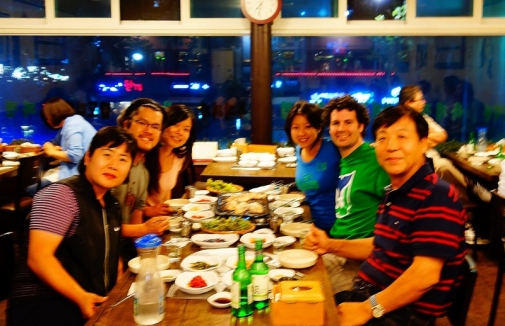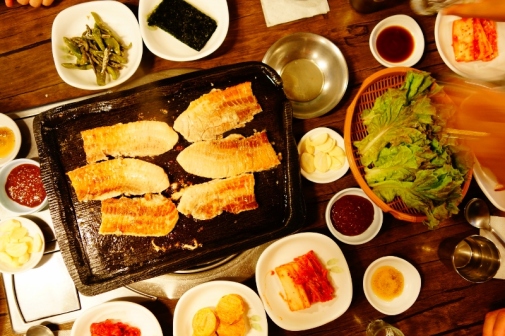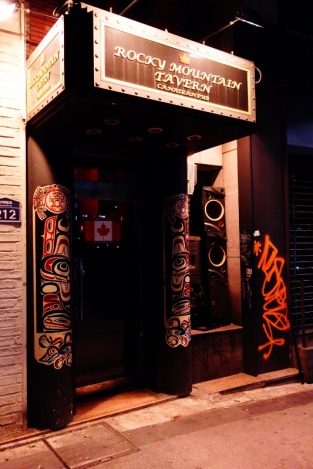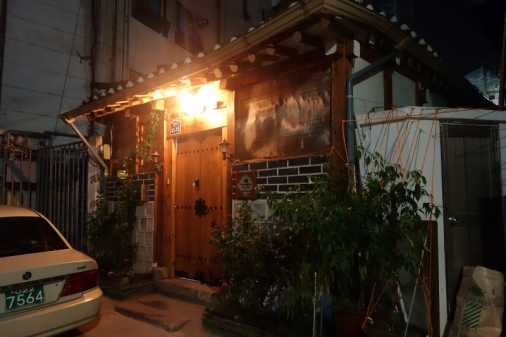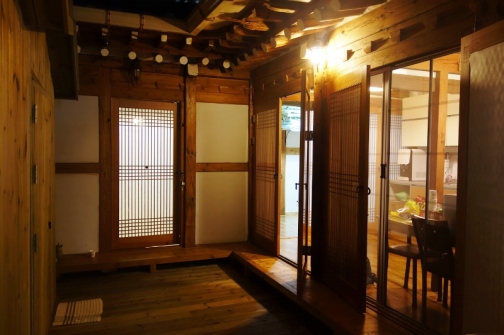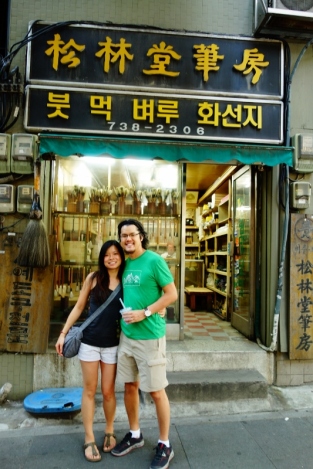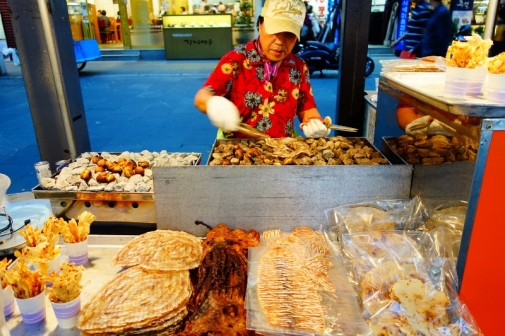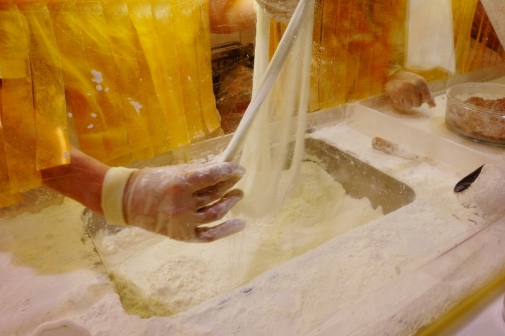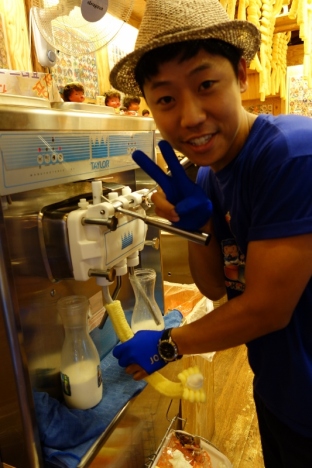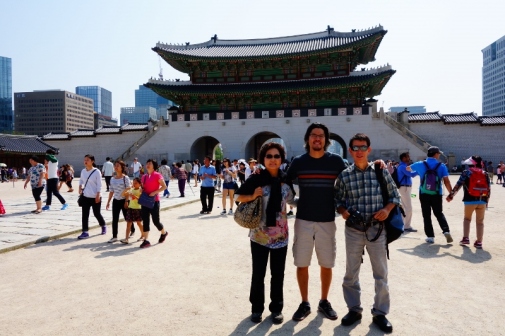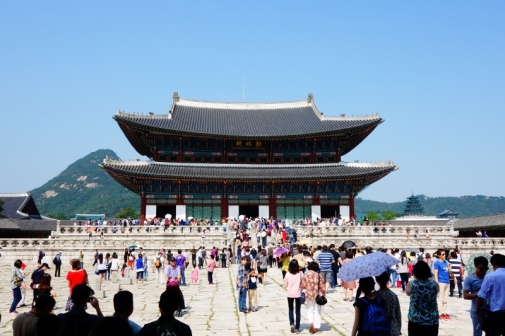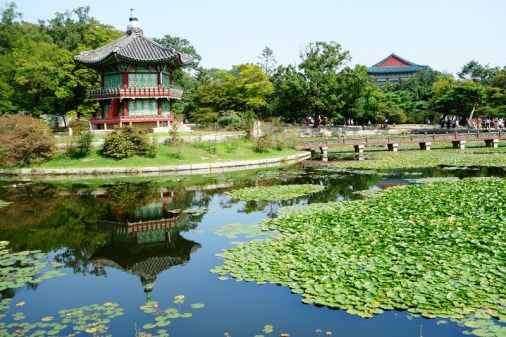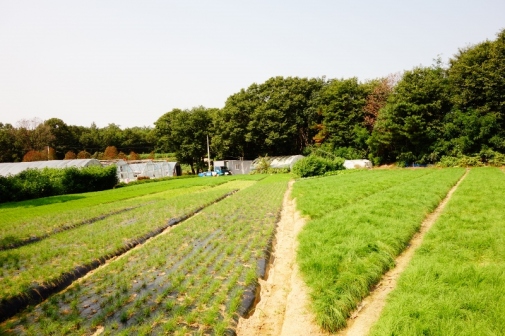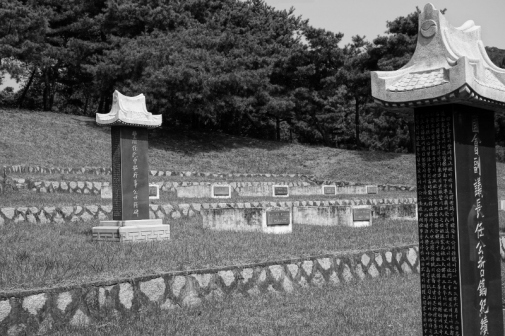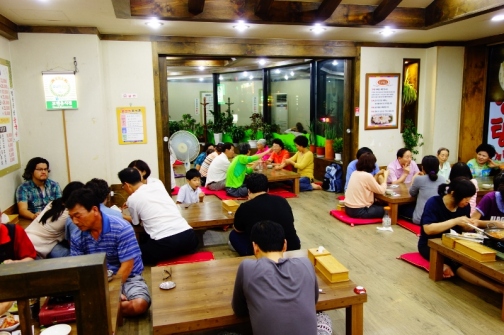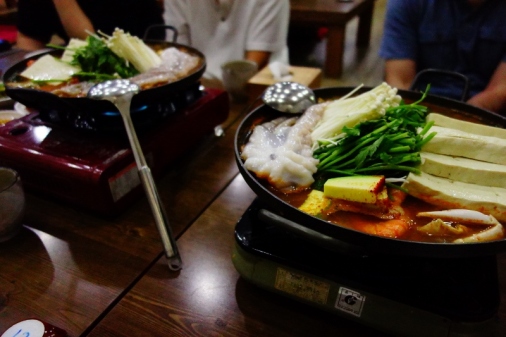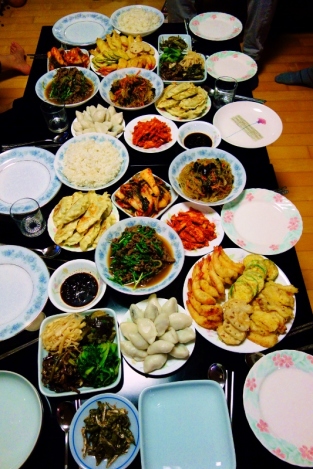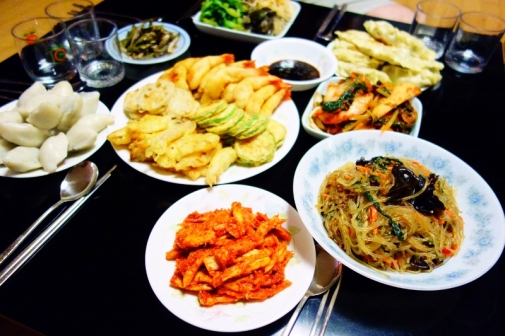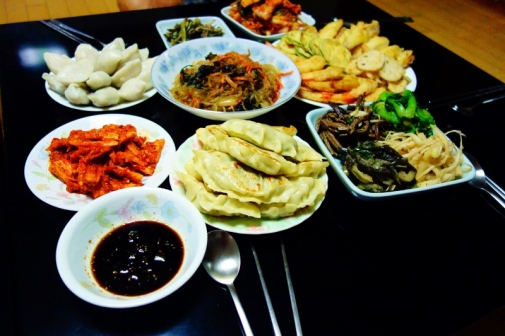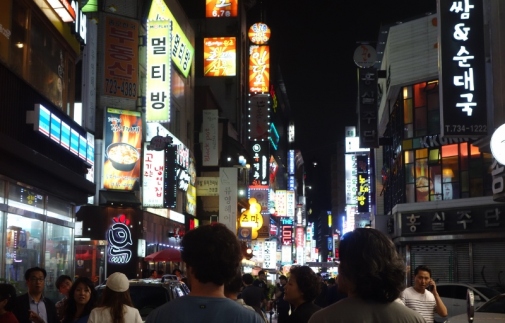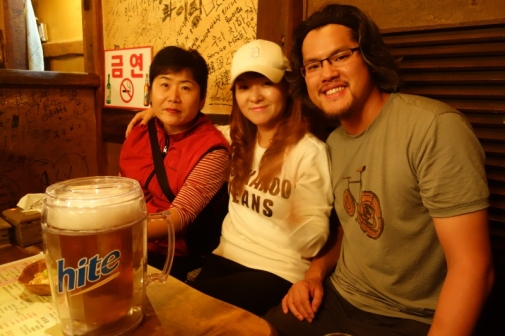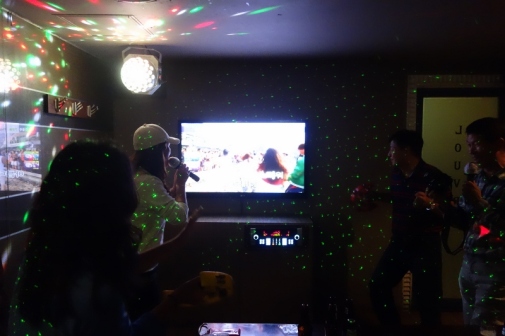When we first arrived in South Korea, I posted a picture similar to the one below on Facebook, using the following caption:
- Food in Asia: 17,285,531 points
- Food in South America: 10 points
It’s no secret that Jason and I were both very excited for the food in Asia. I alluded to it previously, but there is simply no contest between the food we had over the last 3 months in South America and the food we’ve savoured in just the first two weeks in Asia.
Perhaps we’re a little biased (Korean food being the food Jason grew up on and it being one of my favourite cuisines), but we really did give South American food a fair chance to win us over. Before we left on our travels, I had read a lot about South American food being less than stellar; but, since I pretty much love all food (e.g.. Ethiopian, Indian, Lebanese, Russian, Persian, Vietnamese, Greek, etc), I was really looking forward to proving all the critics wrong by falling in love with South American food.
Sure, there were a few ‘stand-outs’ – like food in Peru (specifically Lima and Arequipa) and Argentina (specifically Buenos Aires) – but more often than not, South American food was a little boring (at best) or inedible (at worst). I’m not kidding about it being inedible. We had our worse restaurant experience of our lives at a restaurant near Iguazu Falls. When our respective dishes arrived at the table, we both took one bite, gingerly spat it out, and concluded that we couldn’t eat anymore of it. We even told our server how bad the food was, but all he did was shrug, hand us our bill, and clear away our full plates. It was a sad day.
While 1 out of 10 meals in South America were good, almost every single meal we’ve had in Asia so far has been excellent.
Okay, enough hatin’ on South American food. Let’s proceed with lovin’ Korean food.
Korean BBQ
The first picture I posted above was taken at this amazing BBQ joint that Dave found after his meticulous research on where and what to eat in Seoul. Located in the Mapo district, which has been referred to as barbeque heaven by other travel bloggers, it’s one of dozens upon dozens of grill houses in that area. But it’s THE one to go to if you only go to just one. (Note: there’s a picture of a cannon on the restaurant’s orange sign).
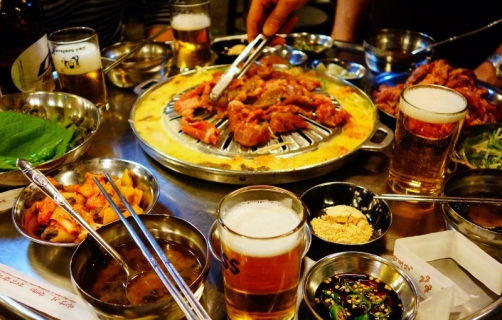
Delicious porky, fatty, scrambled egg mixture with grilled pork. Without a doubt, my all-time favourite BBQ meal in Korea
This restaurant specializes in barbequing a specific cut of pork from around the diaphragm – lean and super flavourful. A lot of the surrounding restaurants also offer this cut of pork, but this restaurant takes it to another (delicious) level. On the domed grills that are used by a lot of BBQ restaurants, there’s a gutter around the edges that is normally just used to catch the rendered pork fat from the grilled meat. This restaurant, however, pours scrambled eggs and places kimchi into these gutters, and once the rendered fat starts dripping in and the mixture cooks up, you scrape out delightful little spoonfuls of porky, fluffy, fatty, egg-y goodness.
It’s obvious that Koreans love their grilled meat. We had several different types of barbeque while in Korea – one of the other notable barbeque meals was of a Jeju Island specialty: black pig.
Topokki (rice cake snack)
Topokki is a very popular Korean snack that is typically found at street vendors. It’s usually made of soft rice cake, fish cake, spring onion, and gochujang – a savoury and fermented, red chili and soy-based Korean condiment. I’ve only ever had the simple version of topokki back in Canada, so imagine my surprise when I saw this fully-loaded version:
Along with the typical ingredients, boiled egg, seafood, ramen noodles, dumplings, sausages, cabbage, carrots, onions, and mushrooms also joined the party. It looked so different that, at first, we thought the server had brought us the wrong dish and almost sent it back. But after a few minutes of stewing over the stove on the table, it reduced down to something more famliar-looking but a million times more delicious than any topokki dish I had ever had. I still dream about it and regret not making a repeat visit.
Daeji Bulgogi & Ssam (Spicy Pork & Lettuce wrap)
Ssam (literally translates to ‘wrapped’) is used to describe many Korean dishes where a leafy vegetable (e.g. lettuce, perilla leaf, napa cabbage) is used to wrap a piece of meat (e.g. pork belly, marinated beef). Korean meat dishes are already awesome in itself, but wrap it in a fresh, crunchy leaf of lettuce, and it takes on a whole new level of yum. I can’t even count the number of meals we had in Korea that included ssam, but the meal pictured below was one of my favourites. We had it in Jeju Island and it was spicy, porky perfection. My personal favourite ssam combination (in order from bottom layer to top): lettuce leaf, parilla leaf, rice, gochujang, kimchi, marinated fiddleheads, marinated squid, a slice of shitake mushroom, and a piece of spicy pork.
I think all the little dishes of banchan (which literally translates to mean ‘side dish’ in English) made all the difference…which brings me to my next food topic.
Banchan (small side dishes)
One of my favourite things about Korean meals are the little plates of banchan (side dishes) that are served with every meal. It adds so many different types of flavours and textures to a relatively simple meal. Typically, only one dish is the star (e.g. spicy pork) but when you add on 10 different types of banchan, then you have a full blown feast. Sometimes, I can have just banchan with a bowl of rice and be totally satisfied.
Some of my favourite banchan dishes include:
- kimchi (especially the cabbage, radish and cucumber kind)
- miyeok muchim (marinated seaweed)
- yeongeun jorim (marinated lotus flower root)
- kongnamul (bean sprouts in sesame oil)
- gosari (marinated fiddleheads)
- shitake mushrooms
- ojingeo (marinated squid)
- dobu (marinated tofu)
- takuan (sweet pickled yellow radish)
- chapchae (glass noodles)
- myeolchijeot (salted anchovies)
Seafood
The seafood in Korea is also amazing – especially at Jeju Island. It’s also not for the faint of heart. One interesting (and initially scary) seafood experience involved live abalone.
Aside from live clams in Greece, I had never eaten anything that still moved. Also, clams in Greece were much easier to eat than abalone – they’re small so you can just quickly pop them in your mouth and gulp them down. Abalone are pretty big and tough in texture – so you have to chew pretty thoroughly.
What’s more, the live abalone were very lively so it’s pretty difficult to psych yourself up enough to eat something that might grab onto your tongue and hang on for dear life. After some back and forth, I popped one in my mouth. Let’s just say it’s not my favourite raw seafood. It’s chewy, a little crunchy, and kind of tough. I’d much rather have them cooked.
We had more raw seafood (although nothing else moved) on Jeju Island.
Korean sashimi is very fresh since it’s still swimming in tanks when we arrive at the restaurant; but not as good as Japanese sashimi. I’ve watched a food show once explaining how Japanese sushi and sashimi are aged, which allows it to achieve its full, rich flavour and a softer texture. Korean sashimi was a bit too fresh, so it was a bit chewy and not very flavourful. That’s probably why it’s served with gochujang – the savoury and fermented, red chili and soy-based Korean condiment that’s commonly used in many Korean dishes.
Another great way to serve seafood in Korean dish is a seafood jjigae (or stew). It starts off like this and is quite photogenic 😉
After it reaches a boil and simmers for a few minutes, it combines into a tasty, spicy, super flavourful soup or stew. It’s served with a bowl of rice (you can pour it over the rice or dip spoonfuls of rice into your bowl of stew) and is personally one of my favourite Korean seafood dishes.
This is another version we had on Jeju Island. This one was crammed full of seafood – crayfish, crab, shrimp, fish, octopus, squid, mussels, clams – basically the whole ocean.
The fish dish below is a slightly different version. The flavour is a lot more concentrated and it’s more of a sauce than stew.
Noodles
Noodles are probably my all-time favourite food – especially noodle soup. Korea has so many different types of noodle dishes, it’s hard to narrow down just a few.
Jajangmyeon (Noodles with Black Bean sauce) is an old favourite of Jason’s. It originated from China and is made from thick white wheat flour noodles (the best ones are handmade) and covered in a thick sauce that is made from a salty black soybean paste, diced pork and vegetables. It’s a simple dish but oh-so-delicious!
Naengmyeon (Cold noodles in soup) is not very photogenic, but is a delicious, cool treat during the hot, steamy summers in Seoul. Long, thin chewy noodles are served in a chilled, tangy broth with julienned cucumbers, slices of korean pear, and a boiled egg. Optional condiments include spicy mustard and vinegar.
Bibim guksu (Cold mixed noodles)
It was REALLY hot in Korea, even during the autumn months, so we really enjoyed the cold dishes. Another one of my favourites was the Bibim guksu (cold mixed noodles) we had on Jeju Island. Thin wheat flour noodles are covered in a strong, spicy sauce made with red chili powder, gochujang, garlic, vinegar, and sugar – and sometimes a dash of sesame oil.
The best part is mixing it. The restaurant supplied a plastic glove and Jason’s mom just dove right in – mixing up the sauce, noodles, and sliced vegetables by hand. So so SO good!
Kimbap (Seaweed rice roll)
Last but not least, the humble kimbap (seaweed rice roll). I would describe it as the Korean sushi, although raw fish is not typically used as an ingredient. Instead, various cooked meats, sweet egg or fish is used along with various cooked, fresh or picked vegetables. It’s a personal favourite of mine and Jason makes an excellent version.
We’ve had kimbap many times in Canada but I really learned to appreciate the simple and delicious snack in Korea. It’s perfect for those moments in between meals, when you need sometime to hold you over. It’s also a pretty mobile dish, when wrapped up in foil like a burrito, so you can eat it while on the go (or getting your hair permed). Versatile, simple, travel-sized, and tasty – the perfect snack.
Did I miss a favourite Korean dish of yours? Leave a comment below or feel free to elaborate on any of the dishes I mentioned above. I love chatting about food 🙂

